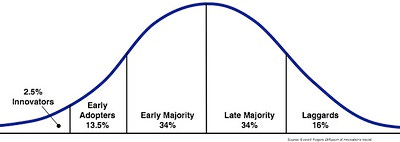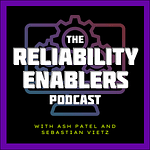I continue my conversation with Manuel Pais, co-author of the seminal Team Topologies book about team topologies suitable for reliability teams.
In this second part, we will talk about platform teams.
A quick refresher on what platform teams do
In the team topologies context:
Platform teams provide a curated set of self-service capabilities to enable stream-aligned teams (product or feature teams) to deliver work with greater speed and reduced complexity.
They achieve this directive by abstracting away common infrastructure and operational concerns. By doing this, they aim to allow stream-aligned teams to focus on delivering business value.
Here are the key takeaways from our conversation
For those who don’t have time to listen to this episode (but you’re missing out on a great conversation):
Focus on User-Centric Design: Prioritize the user experience in platform development. Regularly collaborate with internal teams to ensure the platform meets their needs and reduces their pain points.
Build and Maintain Trust: Establish and nurture trust with your platform’s users. Trust is crucial for platform adoption and can prevent resistance thus assuring sustained use.
Justify Platform Value: Continuously demonstrate the value of your platform to management and stakeholders, especially during economic downturns. Highlight its contributions to avoid cuts and maintain support.
Understand Adoption Lifecycle: Recognize that platforms go through different stages of adoption. Identify and support early adopters, and gradually bring in late adopters by showcasing successful use cases.

Enhance Collaboration: Foster open communication between platform teams and other teams. Avoid rigid roadmaps and be adaptable to changing needs to prevent barriers and build stronger internal relationships.
Manage Cognitive Load: Be mindful of the cognitive load on your teams. Simplify processes and reduce unnecessary complexities to enhance productivity and efficiency.
Use Tools to Measure Cognitive Load: Implement tools like Teamperature to assess the cognitive load on your teams regularly. Use the insights to identify and mitigate factors contributing to cognitive overload.
Leverage Experienced Product Managers: Ensure experienced product managers are part of your platform team. They can balance long-term goals with the flexibility needed to adapt to the evolving needs of internal users.
I think the uncommon takeaway here is #9 in that platform teams should treat their platform as a product. Product Managers like Paweł Huryn and Marty Cagan are doing great work in laying out the roadmap for product management.
Did you end up checking out the reliability workstreams map I published last week?
It’s free and can help you stay focused on the right priorities at work.










